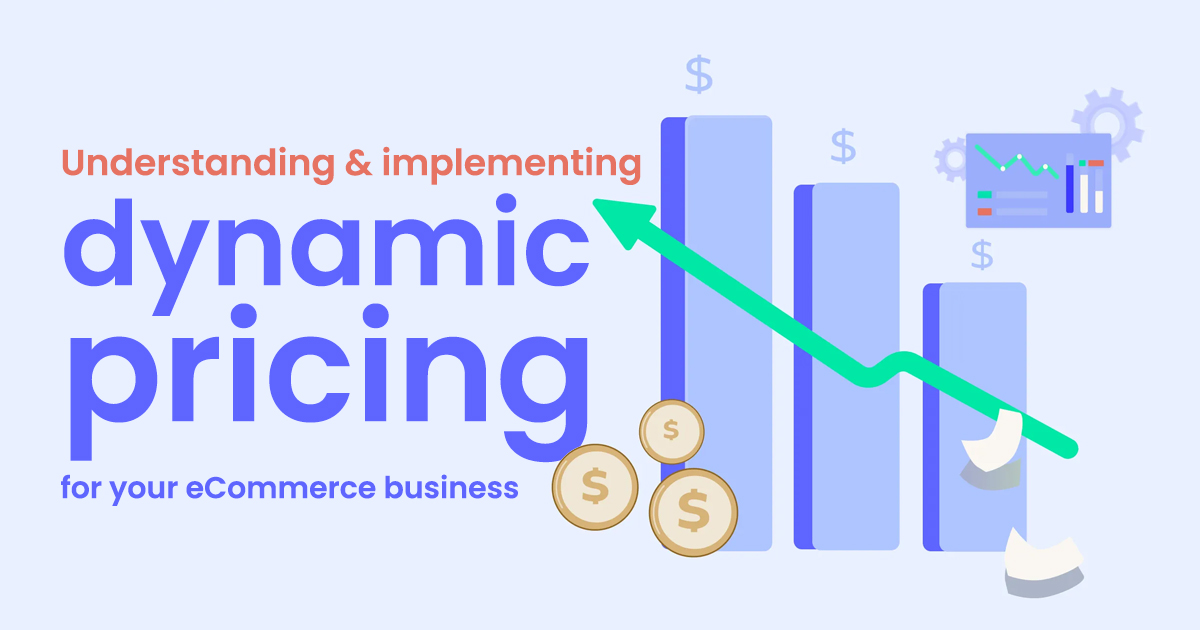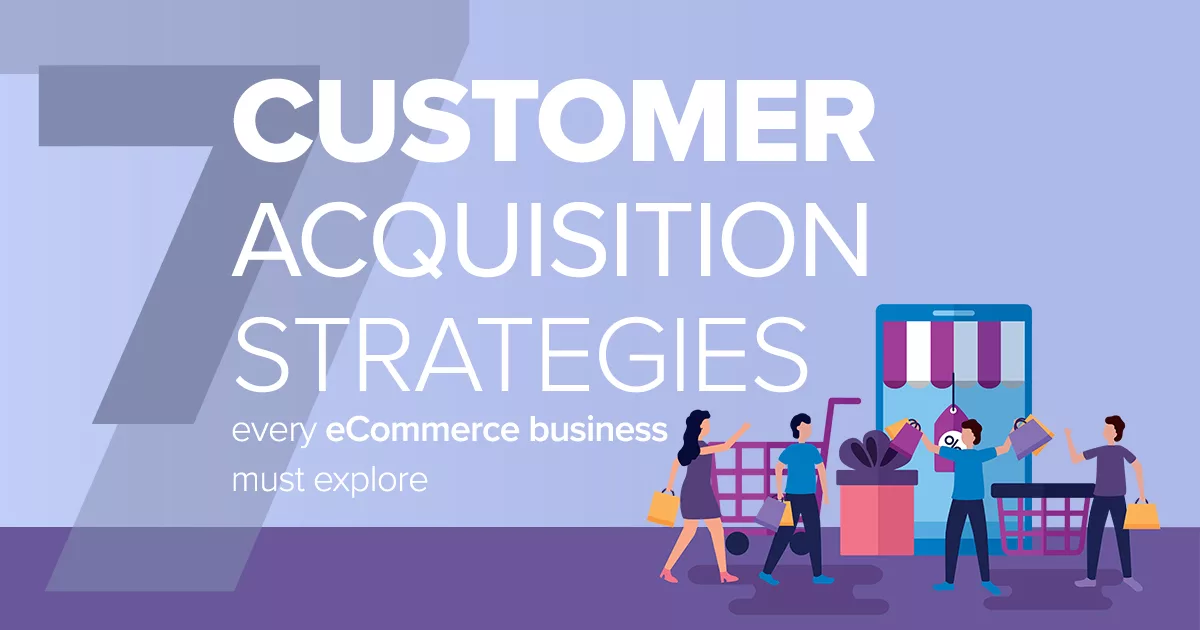Understanding and Implementing Dynamic Pricing for Your eCommerce Business

Introduction:
In today’s competitive eCommerce landscape, implementing effective pricing strategies is crucial for staying ahead of the competition and maximizing profitability. One such strategy gaining popularity is dynamic pricing. Unlike traditional static pricing, dynamic pricing involves adjusting prices in real time based on various factors, such as demand, competition, inventory levels, and customer behavior. This blog will delve into the concept of dynamic pricing, its benefits, and provide guidance on implementing it effectively for your eCommerce business.
The Basics of Dynamic Pricing:
Dynamic pricing is a pricing strategy that allows businesses to set flexible prices for their products or services based on market conditions. It involves analyzing and responding to factors that influence consumer behavior and market trends. By leveraging data and technology, businesses can adjust prices dynamically to optimize revenue and profitability.
Factors Influencing Dynamic Pricing:
a. Demand:Monitoring demand patterns and adjusting prices accordingly is a fundamental aspect of dynamic pricing. Higher demand can lead to increased prices, while lower demand may result in discounted prices to stimulate sales.
b. Competitor Analysis:Analyzing competitors’ pricing strategies is vital for staying competitive. Dynamic pricing enables businesses to respond swiftly to competitor price changes, ensuring they remain attractive to customers while maintaining profitability.
c. Inventory Management:Dynamic pricing can help manage inventory by adjusting prices based on stock levels. Prices can be increased when supply is low to capture higher margins or reduced when excess inventory needs to be cleared.
d. Seasonality and Trends:Dynamic pricing takes into account seasonal fluctuations and trends in the market. By adjusting prices accordingly, businesses can capitalize on peak seasons and maximize revenue.
Benefits of Dynamic Pricing:
a. Maximizing Revenue:Maximizing Revenue: Dynamic pricing allows businesses to optimize revenue by adjusting prices based on real-time market conditions. It helps identify the optimal price point where demand and profitability intersect.
b. Competitive Advantage:By continuously monitoring and responding to competitors’ pricing strategies, businesses can maintain a competitive edge. Dynamic pricing enables businesses to be agile in the market, attracting price-sensitive customers while protecting profit margins.
c. Improved Customer Engagement:Personalized pricing based on customer behavior and preferences can enhance customer satisfaction and loyalty. Dynamic pricing enables businesses to offer targeted discounts, promotions, and loyalty rewards tailored to individual customers.
d. Efficient Inventory Management:Dynamic pricing helps prevent inventory overstock or understock situations. By adjusting prices based on inventory levels, businesses can optimize stock turnover, reduce holding costs, and minimize the risk of stockouts.
Implementing Dynamic Pricing:
a. Data Analysis:Implementing dynamic pricing requires collecting and analyzing relevant data. This includes customer data, market trends, competitor pricing, and historical sales data. Advanced analytics tools and software can assist in extracting valuable insights.
b. Pricing Algorithms:Developing pricing algorithms that factor in the variables affecting pricing decisions is essential. These algorithms can consider factors such as demand elasticity, competitor pricing, and inventory levels to recommend optimal prices.
c. Real-Time Monitoring:Dynamic pricing relies on real-time monitoring of market conditions, competitor prices, and customer behavior. Utilizing automation and artificial intelligence can help businesses stay informed and make pricing adjustments swiftly.
d. Testing and Refinement:Implementing dynamic pricing should involve continuous testing and refinement. A/B testing can help evaluate the impact of different pricing strategies on customer behavior and revenue. Regular analysis of results and adjusting pricing models accordingly is crucial for long-term success.
Conclusion
Dynamic pricing is a powerful tool for eCommerce businesses looking to optimize revenue, enhance competitiveness, and improve customer satisfaction. By leveraging real-time data, market trends, and customer behavior insights, businesses can implement dynamic pricing strategies effectively. However, it is essential to strike a balance between maximizing revenue and maintaining customer trust. With careful planning, data analysis, and constant monitoring, dynamic pricing can be a game-changer for your eCommerce business, driving growth and profitability in today’s dynamic marketplace.
Stand Out from the Competition with the Best eCommerce Developers in Jaipur
In today’s crowded online marketplace, having a cutting-edge website is essential. Our team of expert eCommerce developers will work closely with you to bring your vision to life. With the best eCommerce website platform in Jaipur, we ensure your website not only looks amazing but also performs flawlessly. Gain a competitive edge and captivate your audience with a website that leaves a lasting impression. Take the first step towards success and get in touch with our top-rated developers now!
Subscribe to our Blog
Read our newly created blogs delivered straight to your inbox.


